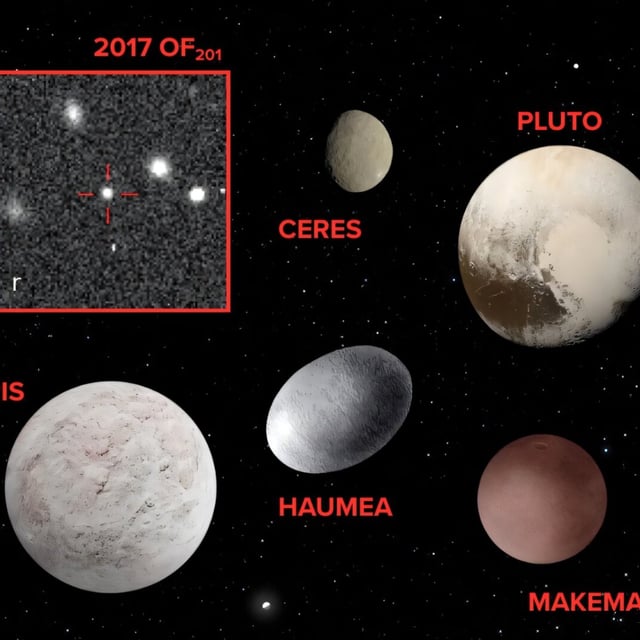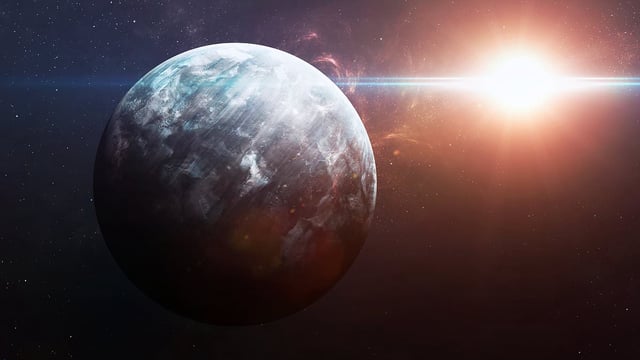Overview
- Rice University simulations find up to a 40% chance that a Planet Nine–like world could have been captured into a distant solar orbit during early instability phases
- The object 2017 OF201, about 700 kilometres across, was identified using archival data from the Victor M. Blanco and Canada–France–Hawaii telescopes
- Orbital modelling shows 2017 OF201 does not share the directional clustering seen in other Trans-Neptunian Objects that pointed to a hidden giant planet
- Researchers suggest the likely abundance of similar scattered bodies in the Kuiper Belt undercuts the gravitational evidence for a ninth planet
- The Vera Rubin Observatory, set to begin surveys in Chile this year, is expected to provide the data needed to confirm or rule out the Planet Nine hypothesis



